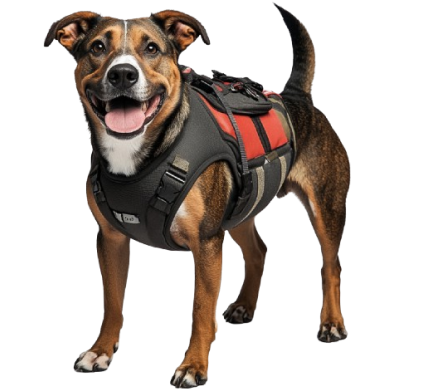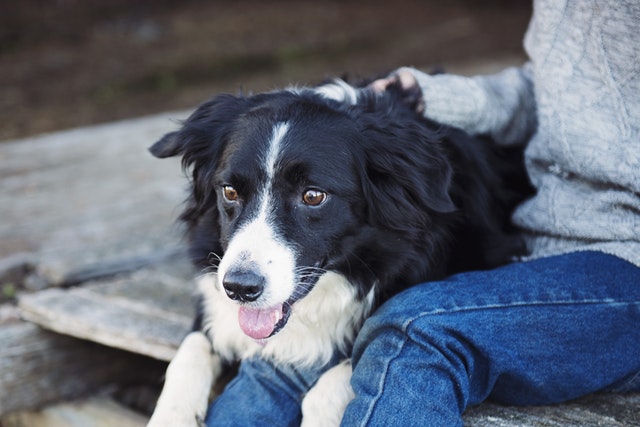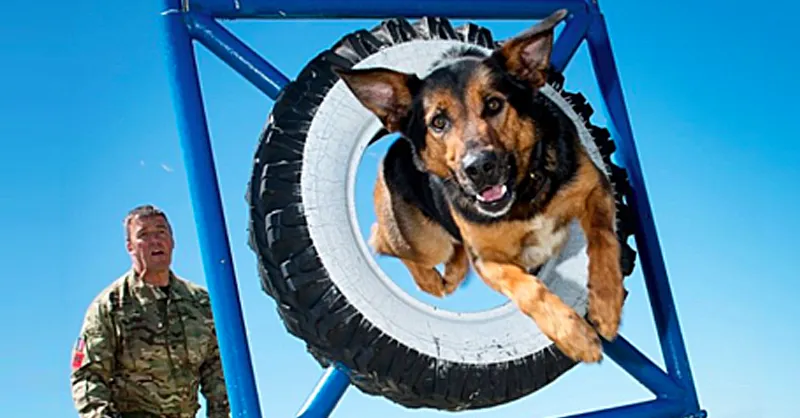All Our Articles on Training

How Much Should I Exercise My Service Dog?
Like any dog, a service dog needs exercise. While their work to support you involves a certain amount of physical activity, there’s a good chance... Read more

How to Select Treats During Service Dog Training
The key to effective service dog training is matching your treats to the task: use high-value treats for teaching crucial skills like medical alerts or... Read more

How Dogs Can Smell Anxiety and Stress
Did you know that some service dogs alert their handlers to rising anxiety, sometimes before they even fully notice it themselves? It's not magic, though... Read more

How to Train Your Service Dog for Grounding Tasks
If you've ever experienced a panic attack or severe anxiety, you know how overwhelming the symptoms can feel — racing thoughts, pounding heart, that disconnected... Read more

How a Service Dog Knows When It’s Time For You to Take Medicine
Service dogs can help their handlers by reminding them to take medication. These highly trained dogs know when it's time for their handler to take... Read more
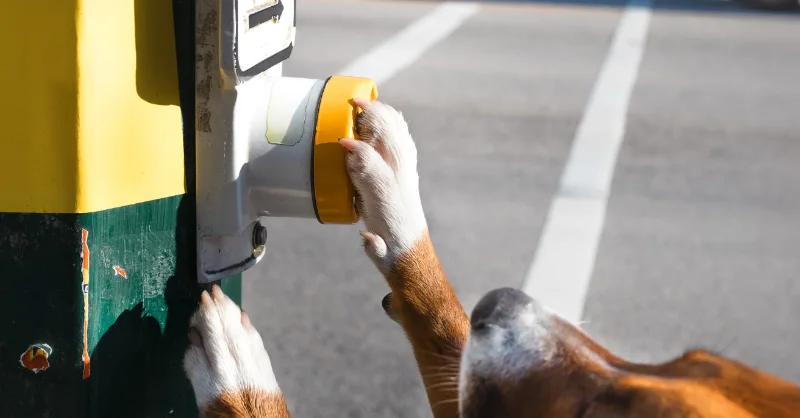
The Ultimate Guide to Service Dog Tasks: A Comprehensive List by Disability
Service dogs are remarkable animals trained to assist individuals with disabilities by performing various tasks. According to the Americans with Disabilities Act (ADA), a dog... Read more
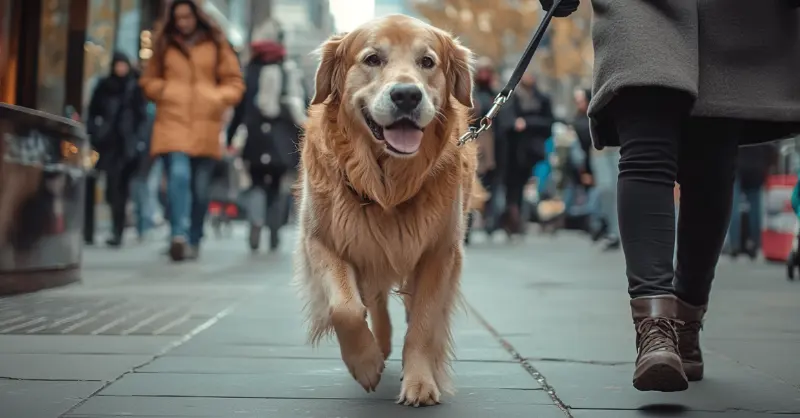
How to Train Your Service Dog for Crowd Control
For individuals with anxiety disorders and physical disabilities, navigating busy, crowded environments can be overwhelming and even dangerous. Service dogs trained for crowd control can... Read more

How to Train a Dog to Do Deep Pressure Therapy
Deep Pressure Therapy (DPT) is a skill a dog can learn to qualify as a service dog to help people with mental health conditions, neurological... Read more

Why and How to Train Your Service Dog to Lick You
Training a service dog to lick you might seem unusual, but it’s a practical skill that can offer significant benefits, particularly for those with physical... Read more
